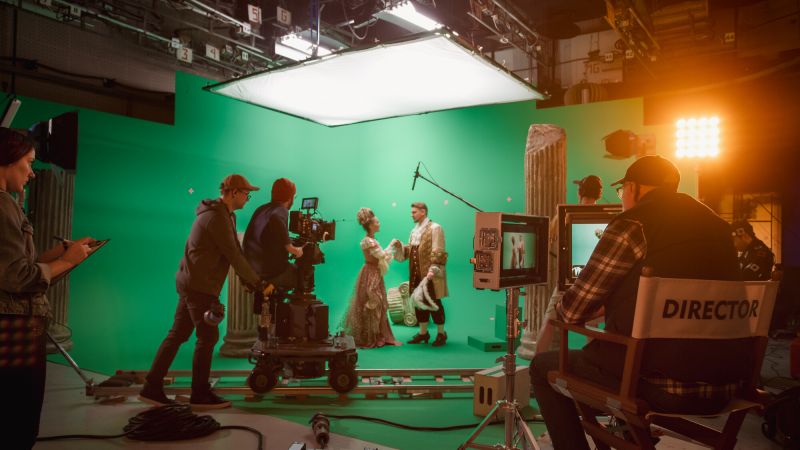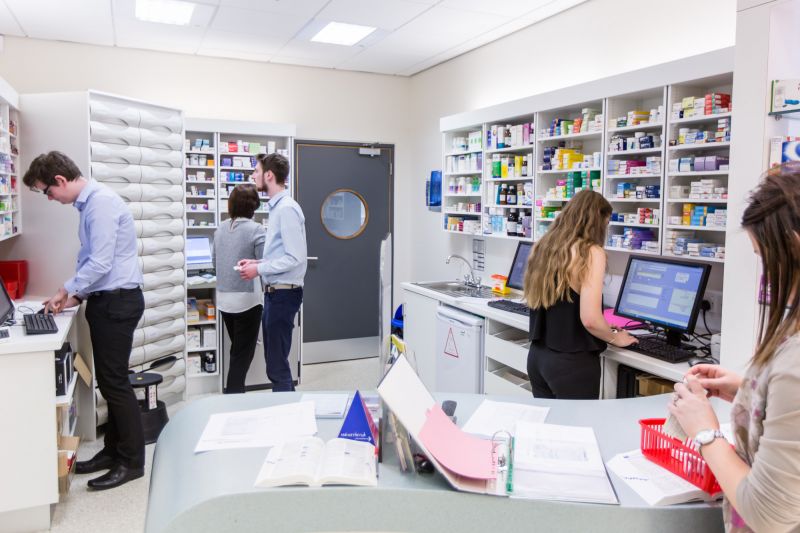Page content
For the child with special needs there are many different medical, therapy and educational support staff involved with their care and daily living. Good communication between professionals and parents is fundamental to the child receiving patient centred care.
What to include
An understanding of visual status and any limitations of vision will influence many aspects of care, education and management of the patient. A functional visual report containing relevant information in lay terms is desirable. Here is what to include in a functional vision report:
- Information from history and observation
- Whether they wear glasses and when they should wear them
- Visual Acuity and how this compares to typical vision
- The patient’s preferred print size and working distance
- The patient’s use of vision in variety of situations e.g. indoors/outdoors, different times of the day, different weather conditions
- Is there any fluctuation in vision; any known causes of this?
- Reaction to changes in lighting e.g. moving between classrooms, moving from indoors to outdoors
Posture – Any abnormal head posture? - Contrast sensitivity
- Estimation of visual field/visual field loss
- Suggestions for education
- Use of low vision aids
- Usefulness of LVAs, CCTV, software or other equipment
- Most beneficial learning media: print, braille, auditory or combination
Report Example
We have been doing some work with SeeAbility to try and help make communication about vision clearer for parents and teachers.
Below are some examples of a jargon-free report which covers all aspects of the child's vision, including guidance for completing this report.
Case Studies
Case Study 1 - Declan aged 4 years
Report Summary: Child with Down syndrome with nystagmus and reduced visual acuity and contrast sensitivity.
Case Study 2 - James aged 7 years
Report Summary: No visual concerns but poor cooperation and engagement with tests.
Case Study 3 - Ryan aged 8 years
Report Summary: Good visual acuity but left visual field defect.
Case Study 4 - Sunil aged 8 years
Visual Summary: Good visual acuity but evidence of cerebral visual impairment.
Case Study 5 - Daniel aged 7 years
Visual Summary: Child with severe sight impairment. Light and dark perception only.
Case Study 6 - Stephanie aged 6 years
Visual Summary: Child with poor eye movement control which affects her education and learning.
Case Study 7 - Mark aged 9 years
General Background: Older primary school age child with autism. Attends school for children with special needs.
Visual Summary: Good visual acuity but evidence of CVI (dorsal stream involvement) from visual skills inventory.
Case Study 8 - David aged 4 years
General Background: Pre-school child with Down syndrome moving into mainstream schooling with the support of a classroom assistant.
Visual Summary: Moderately good VA, hyperopia, nystagmus, reduced contrast sensitivity, evidence of cortical visual impairment (dorsal stream) from visual skills inventory.
Case Study 9 - Lucy aged 6 years
General Background: School-age child with Down syndrome attending mainstream school with additional classroom support.
Visual Summary: Visual acuity moderately reduced, refractive error, contrast sensitivity deficit, poor accommodation (managed with bifocals)
Case Study 10 - Clare aged 4 years
General Background: Pre-school child with aniridia and WAGR syndrome
Visual Summary: Significant visual impairment, aniridia, reduced contrast sensitivity, evidence of CVI, refractive error, nystagmus, cataract, squint
Case Study 11 - Luke aged 12 months
General Background: Infant with history of epilepsy, delayed development. Additional notes: cerebral palsy
Visual Summary: Severe visual impairment (gross form perception), cortical visual impairment, delayed visual responses, visual field restriction
Case Study 12 - Matthew aged 8 months
General Background: Infant with developmental delay (Joubert's syndrome).
Visual Summary: Significant visual impairment (due to ocular motor apraxia), refractive error, good VA
Case Study 13 - Olivia aged 3 years
General Background: Pre-school child with severe developmental disability including physical and intellectual impairment.
Visual Summary: Significant visual impairment, nystagmus, poor eye movement control, inconsistent visual responses. Will require education using multi-sensory approach.
Case Study 14 - Lisa aged 3 years
General Background: Pre-school child with severe developmental disability including physical and intellectual impairment.
Visual Summary: Profound visual impairment (light perception), cortical visual impairment, optic atrophy. Will require education using non-visual methods.
Case Study 15 - Laura aged 6 years
General Background: School age child with moderate learning difficulties and physical impairment. Additional notes: history of preterm birth, meningitis, hydrocephalus, cerebral palsy (right side more affected).
Visual Summary: Ocular motor apraxia and visual field defect, evidence of CVI. Visual skills inventory applied and strategies offered.
















